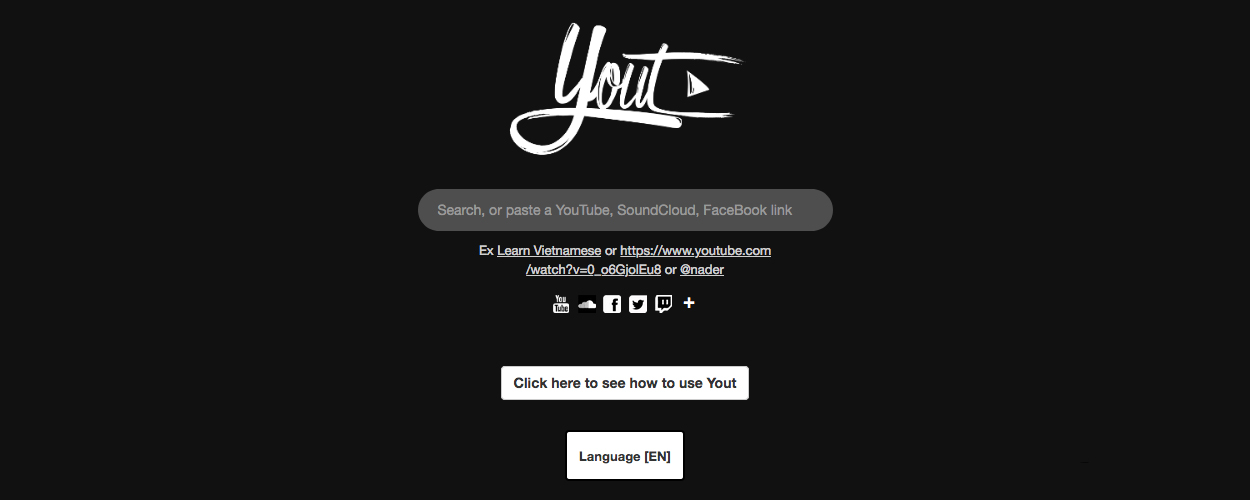This website uses cookies so that we can provide you with the best user experience possible. Cookie information is stored in your browser and performs functions such as recognising you when you return to our website and helping our team to understand which sections of the website you find most interesting and useful.
Business News Digital Labels & Publishers Legal
Stream-ripper Yout says labels still haven’t identified the YouTube technical protection measures it is meant to be side-stepping
By Chris Cooke | Published on Monday 6 December 2021

Stream-ripping site Yout made another filing with a US court last week in its ongoing legal battle with the Recording Industry Association Of America, urging said court to reject efforts by the American record label trade group to have its latest litigation dismissed.
Yout sued the RIAA last year after the industry organisation sought to have the stream-ripping service de-listed from the Google search engine. The RIAA made that request of Google on the basis that Yout contravenes the US Digital Millennium Copyright Act by circumventing “YouTube’s rolling cipher, a technical protection measure, that protects [the labels’] works on YouTube from unauthorised copying [and] downloading”.
The original lawsuit got super complicated as it went through the motions and it was ultimately dismissed, but with the option for Yout to file new litigation. Which it did in September. It’s that new lawsuit that the RIAA is now also trying to get dismissed, this time with prejudice, so no further litigation can be filed in the future.
At the core of the dispute is whether or not Yout actually circumvents any technical protection measures put in place by YouTube when it helps people to grab permanent copies of temporary streams from the Google-owned video site.
Yout argues that you can actually grab copies of YouTube streams via a web browser if you know what you are doing, and all its technology does is automate that process. With that in mind, it claims, there aren’t any technical protection measures in place to stop stream-ripping, and therefore it can’t be circumventing any such measures in violation of the DMCA.
In its motion to dismiss in October, the RIAA argued that Yout hadn’t provided enough information about how its stream-ripping system actually works, and without that information it hadn’t demonstrated that it doesn’t circumvent any technical protection measures. But for its part, Yout argues that the RIAA hasn’t properly identified what technical protection measures are actually employed by YouTube that its technology could be side-stepping.
The RIAA also noted in its most recent filing that the manual process for stream-ripping through a browser described in Yout’s new lawsuit was very complicated. But, Yout argues back, “just because a process is complicated does not indicate that there is a technological protection measure that was ‘installed to prevent them from accessing the copyrighted material'”.
And, Yout claims, not only have the RIAA failed to identify the YouTube technical protection measures it is circumventing, but its references to such measures in its legal filings have actually become more vague as this dispute has progressed.
“The RIAA does not identify what those TPMs are exactly”, last week’s legal filing states. “It is Yout’s position, however, that there simply aren’t any and that the RIAA’s increasing lack of specificity across its submissions to this court speak to that fact”.
It remains to be seen who the court reckons should be more precise in the next phase of this dispute. Is it for Yout to provide more detail about how its technology works, so to prove no technical protection measures are side-stepped? Or should the labels provide more detail about what technical protection measures they believe are being circumvented? Or maybe both.
We shall see.





